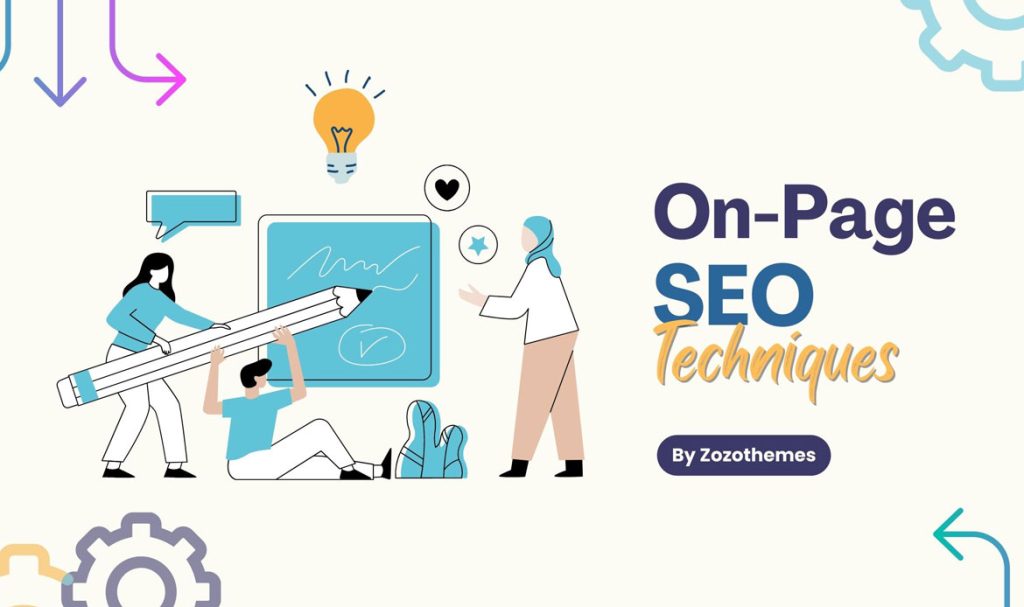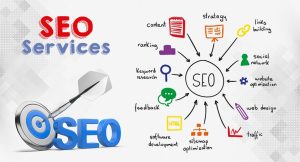Understanding and Implementing Effective On-Page SEO Strategies

Credit: zozothemes.com
In the ever-evolving world of digital marketing, On-Page SEO remains a cornerstone for any successful website. This aspect of SEO focuses on optimizing various elements of your website to improve its visibility and ranking in search engine results pages (SERPs). Understanding and effectively implementing on-page SEO strategies is crucial for any website looking to increase its organic traffic.
What is On-Page SEO?
On-Page SEO refers to the practice of optimizing individual web pages in order to rank higher and earn more relevant traffic in search engines. It involves both the content and HTML source code of a page that can be optimized, as opposed to off-page SEO which refers to links and other external signals.
Key Components of On-Page SEO
Title Tags: These are HTML elements that specify the title of a web page. Title tags are displayed on SERPs as the clickable headline for a given result and are important for usability, SEO, and social sharing.
Meta Descriptions: These provide concise explanations of the contents of web pages. They are used on search engine result pages to display preview snippets for a given page.
Header Tags: From H1 to H6, header tags are used to designate headings and subheadings within your content from other types of text, such as paragraph text.
URL Structure: Search-friendly URLs should be easy to read, include keywords, and be structured in a way that is easy for search engines to crawl.
Keyword Optimization: Carefully researched and chosen keywords should be naturally integrated into your content, including titles, headings, and the body of the content.
Content Quality: Offering valuable, original content is paramount. Your content should answer the questions your audience is asking and provide them with new insights.
Image Optimization: This includes using alt tags, which are a text alternative for search engines to understand images, and optimizing file size for faster loading times.
Mobile-Friendliness: With the increase in mobile usage, having a website that is mobile-friendly is essential.
Page Load Speed: Search engines favor websites that load quickly, so optimizing your page speed is crucial.
Best Practices for On-Page SEO
Regularly Update Content: Keep your content fresh and updated as this is viewed favorably by search engines.
Optimize for User Experience: Ensure your site is easy to navigate and engages users, as user behavior metrics are an indirect ranking factor.
Use Internal Linking: This helps search engines understand the structure of your site and the relevance of your pages.
Ensure Readability: Your content should be easily readable and understandable by your audience.
Use Social Sharing Buttons: These can help increase the visibility of your content.
On-Page SEO is a vital component in any SEO strategy. By focusing on optimizing the elements of your web pages, you can improve your site’s visibility in search results, drive more organic traffic, and ultimately achieve your digital marketing goals. Remember, SEO is a long-term strategy, and success comes from consistent application of best practices and a focus on quality and user experience.






